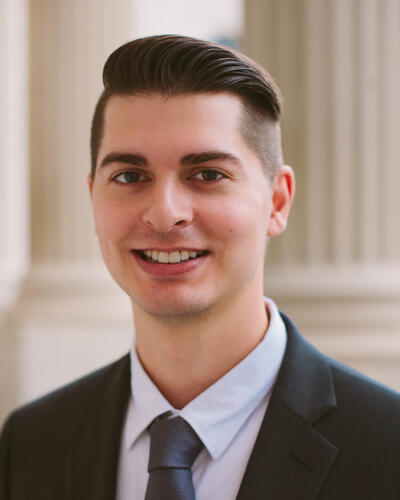A New Process for Tracking Indian Law Cases

One component of the Sovereignty Project’s Native Amicus Briefing Project involves tracking Indian law cases in the federal courts. Since September, students participating in the tracking portion of the project have worked under the direction and supervision of clinical fellow Amanda L. White Eagle and co-director Maggie Blackhawk to identify, document, and track ongoing Indian law cases. Such identification and documentation offer potential opportunities for subsequent legal advocacy.
Participating students were assigned a jurisdiction to monitor and tasked with drafting a summary of each Indian law case along with a statement describing the case’s potential significance to Indian Country and federal Indian law. The student’s findings were compiled into a single document that the students would meet to discuss each week with Professors White Eagle and Blackhawk. Though this initial methodology allowed the Sovereignty Project to monitor important cases and issues in Indian Country, it was not as useful for sharing with practitioners and other interested parties, as its technical format required some advance notice to navigate efficiently.
In an effort to make the findings more widely accessible, Yale Law School student Nicota Stevenson has developed a new system to improve this process. Prior to law school, Stevenson was a financial analyst with Latham & Watkins where he developed proficiency in various programs. Utilizing this experience, Stevenson designed an Excel spreadsheet to house and organize the information from the lengthy tracking document. Students then transferred the information from the tracking document into the spreadsheet. The new format presents the information in a way that is much easier to navigate and digest than the earlier document.
Especially noteworthy, Stevenson also implemented the ability to sort the information and filter by different criteria such as which federal circuit the case is in, or which issues of federal Indian law are implicated. These improvements are especially important for lawyers and other parties interested in ongoing federal Indian law litigation who may not have the time to search through a dense list of cases. Now, these partners can filter and sort the log of cases based on their specific needs. A major goal of the Sovereignty Project has always been to make the students’ tracking efforts more user-friendly and accessible to interested parties outside of the Project, and Stevenson’s efforts have moved the Project closer to realizing this goal.
“The thing I’m most proud of in the tracking spreadsheet is that I created a formula to automatically generate a bluebook-style citation when students input the case information,” said Stevenson. This feature saves time for the students and helps to ensure accurate citations are listed.
Stevenson joined the Sovereignty Project in the fall semester, participating in the Project’s course offered to law students at both NYU and Yale. Stevenson’s interest in the law includes Federal Indian law as well as corporate and tax law. This semester he is participating in Yale Law School’s Tribal Resources and Sovereignty Clinic taught by Patrick Gonzales-Rogers, and he has also been involved with the Yale Journal on Regulation. Stevenson is a co-chair of the Yale Native American Law Students Association and serves as treasurer for the First Generation Professionals affinity group at Yale Law School. He attended Yale as an undergraduate majoring in Economics and Ethnicity, Race, and Migration with a focus in Native American studies. Last summer Stevenson worked as a law clerk for Latham & Watkins in Los Angeles, where he will be returning this summer.